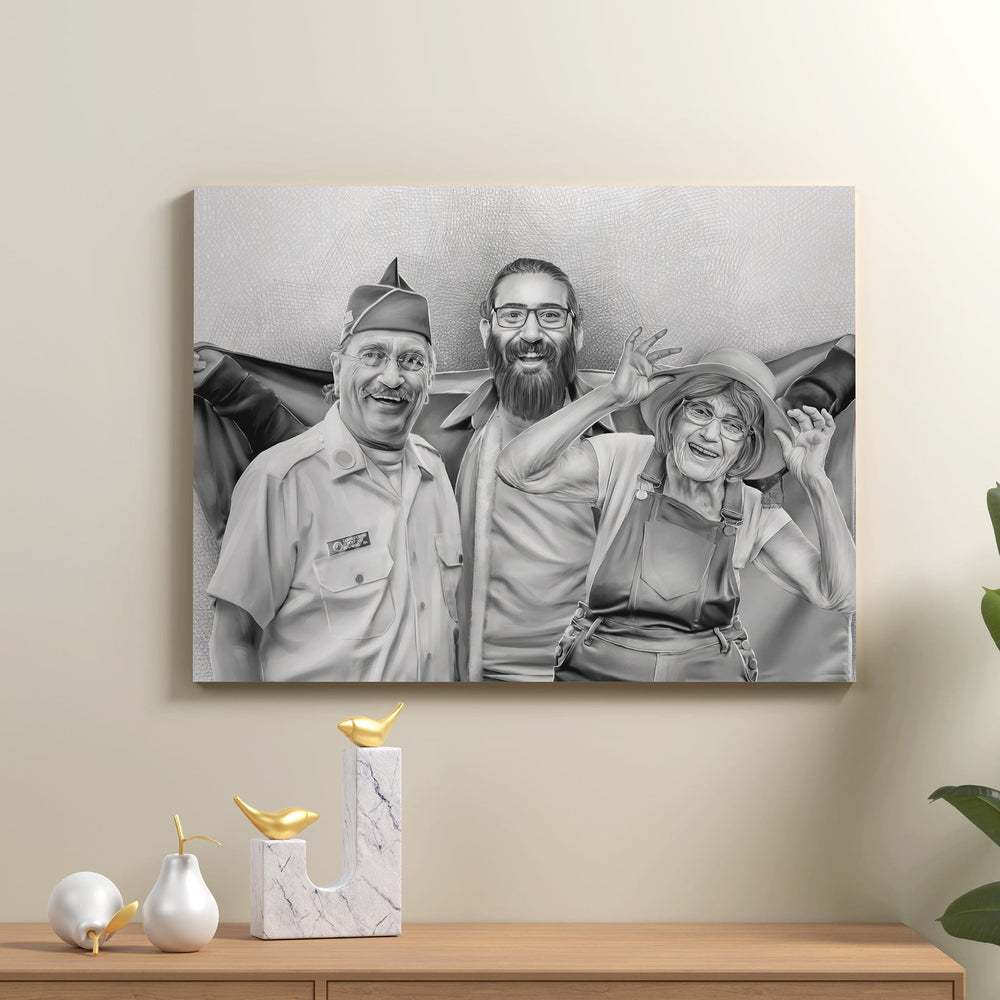Oil Paint vs Acrylic vs Watercolor: What's the Difference

Painting has been around for a long time and has progressed steadily ever since. Whether it's a display of modern art or one about the art of the past, paintings are always the stars of the show. As such, if you're thinking of embarking on your painting adventure, give some thought to the specific approach you'd like to take. This is because having a wide variety of paint selections can be overwhelming, especially for novice painters. Not to mention the fact that supplies may add up quickly.
Read on if you're interested in learning more about the foundations of art.
Why Choosing the Right Medium Matters
Choosing a medium is a significant step in the creative process since it determines the nature of the final product. The medium shapes the expressive options available to the artist and the audience. As a result, artists need to select a medium that complements their own working methods and aesthetic objectives. In addition, you need to think about how at ease they are with the chosen medium. This will allow them to focus more on the creative process without worrying about whether or not they're utilizing the right medium for their work of art.
And if you're trying to save money, you should surely think about the art supplies, as different mediums have different pricing structures. Ultimately, though, the choice is yours, so select a medium that appeals to you personally.
How to Choose the Right Medium
Deciding which media is ideal for your needs might take time and effort. This is particularly true for those just starting out on their artistic path as painters. Therefore, it's important to consider what feeling you want to evoke in your audience before settling on a medium. Then, think about how the feelings and ideas you want to convey will translate into other forms of expression. Choose the one you believe will most effectively convey your message.
Give each possible medium a chance if you still need to make up your mind. Set aside at least an hour to explore each medium to get the most out of your materials. This way, you’ll experience the medium firsthand and choose which one best suits your needs and interests.
The Difference Between Oil, Acrylic, & Watercolor
All three of the most common types of paint media are essentially the same: they are all pigment suspended in a binder. Pigments are tiny colored particles that are crushed up to make paint. The pigment is held in suspension by the binder. The primary distinction between oil paint, acrylic paint, and watercolor paint is the type of binder that is utilized.
Oil Paint
Acrylic Paint

Watercolor

Oil vs. Acrylic vs. Watercolor: Pros & Cons
The characteristics of one media are distinct from those of others. The benefits and drawbacks are as follows.
|
Pros |
Cons |
|
|
Oil |
rich color, flexible application, and mild modification. |
slow drying time and the need for solvents |
|
Acrylic |
water-soluble, with a wide range of possible textures and viscosities |
Naturally fast drying, difficult to color match |
|
Watercolor |
Quick drying |
Colors are not very saturated |
Paint Medium FAQs
What is the best type of paint for beginners?
What paint gives the smoothest finish?
What paint is most durable and washable?
Learn More About Oil Paint vs. Acrylic vs. Watercolor from Memorialize Art
If you're looking for a unique and thoughtful gift, consider giving the gift of art. Memorialize Art offers custom portrait paintings from photos, meaning you can immortalize your loved ones, friends, or favorite pets in a beautiful work of art. Our talented artists will turn your snapshots into stunning paintings that you'll treasure forever. So don't settle for an ordinary gift this year - give a work of art that celebrates the special people and moments in your life. Learn more about our oil, acrylic, and watercolor options today.










